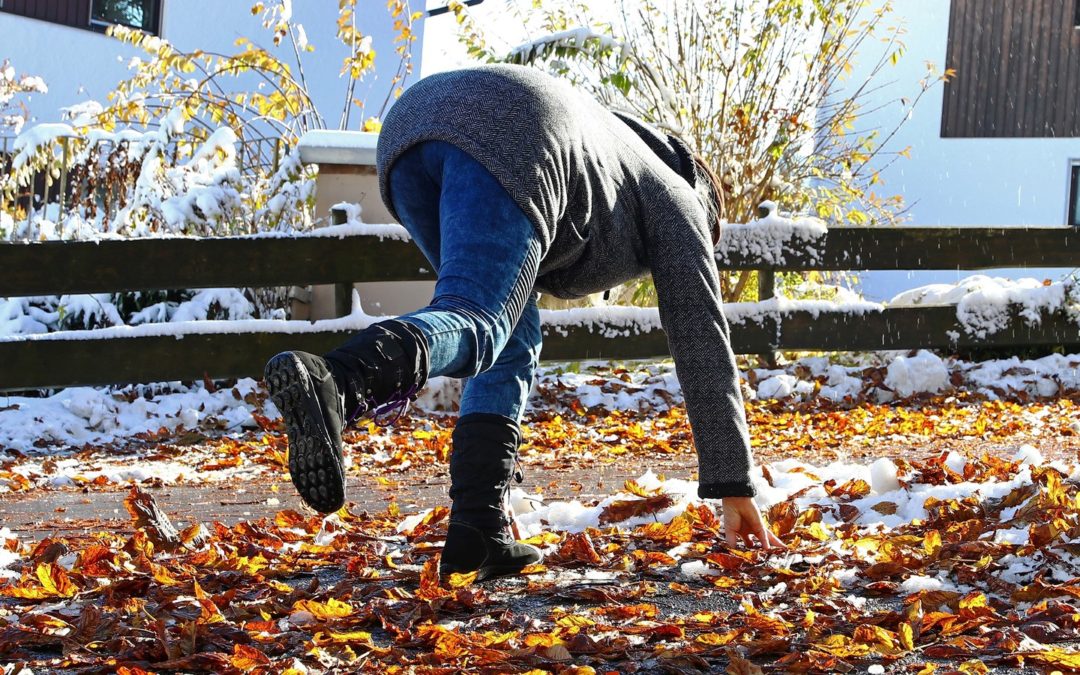Do you live in a region with colder climate? If so, you probably know the chances of winter falls and injuries increase in extreme cold weather conditions. As the winter season starts, the dire need of protection against falls, trips and other kinds of injuries increases.
For once you may take it as an example of classic physical comedy, but these trips and falls can get quite dangerous (some may even lead to deaths). The severity and number of falls and slips are more during the winter season.
On some days, it’s not even about the weather when it comes to you tripping or falling. You end up calling it a bad day that brought pain you didn’t anticipate. When you encounter a serious fall, make sure to book an appointment with your orthopedist to check for any serious injury.
However, let’s get into reading some tips on how to prevent winter slips and falls first.
How to prevent winter falls and slips?
Snowfall can be a soothing experience, but a slip on the snow-laden floor is not. You must be on a lookout for the following conditions:
- Ice-covered paths or sidewalks
- Thaw/freeze cycles
- Slippery surfaces due to snow, ice, or water from footwear
- Restricted roadways and sidewalks
- A specific type of winter footwear like leather-soled shoes or high heels
- Lifting too heavy or large packages that can obstruct your view or affect your balance
- A scarf or hat that blocks your vision or doesn’t allow hearing traffic
- Melted ice or snow at building entrances
- Black ice – the almost invisible ice coating on paves surfaces
Easy tips to protect against winter falls and slips
Footwear
- Make sure to wear proper winter footwear – waterproof and well-insulated. One with a non-slip, thick rubber sole, and a wide low-heel.
- Ice grippers help to walk on ice and snow.
Parking lots
- Generally, parking lots and sideways do not get cleared before 7 a.m, so you should be careful while getting down from the vehicles.
Weather
- Always listen to the weather report and prepare yourself for slippery conditions, like snowfall, rainfall, etc.
- Plan your day carefully – see where you are going and balance your walk (try being a defensive walker).
Sidewalks and Pathways
- Whenever possible, use sidewalks, and always walk against the traffic flow when walking on the street.
- Walk on well-lit and clear pathways
- Do not go over snow banks or take shortcuts
Buildings
- While crossing buildings, check overhead for any snow/ice hazards, such as electric lines, building roofs, etc.
- Be cautious near loading docks, building entrances, curbs and other areas having ice.
- Wipe your feet well before getting into a building and before taking the steps.
- On entering a warm building, cold boots or footwear with ice or snow on its soles turn slippery.
- To reduce icy spots, you can spread sand/salt in the area.
Go to an Orthopedist in case of falls and slips
In certain places and circumstances, it is not only about winter slips and falls, but injuries of such kind in general. Now that you know how to prevent winter slips and falls, you must also know who to reach out to if you fall anyways. It is a well-qualified and experienced orthopedist you should see for the best medical treatment.
